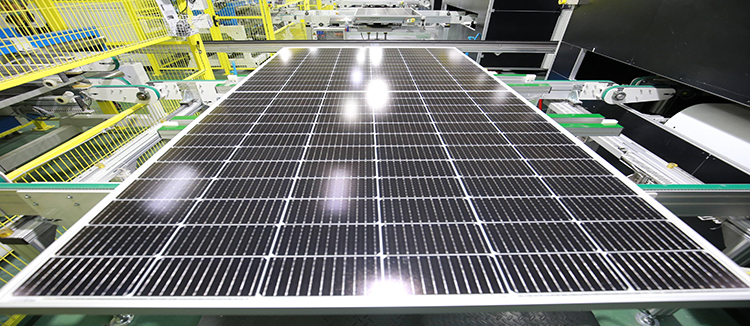Understanding the Role of Servo Drive in Modern Automation Systems
Servo drive technology is a critical component in the world of modern automation and robotics. It plays a pivotal role in controlling the precise movements of mechanical systems, ensuring efficiency and accuracy in a wide range of applications. This article delves into the intricacies of servo drive systems, their functionalities, and their impact on the industry.
A servo drive, often simply referred to as a servo, is an electronic amplifier that converts the low power command signal from a controller into a high power signal to drive the motor. This high power signal is what enables the motor to perform the required motion with the necessary speed and torque. The servo drive is the bridge between the control system and the motor, making it a crucial element in any servo system.

The precision and control offered by servo drives are unmatched. They are designed to provide rapid response to changes in the control signal, which is essential for applications requiring high-speed and high-precision movements. In industries such as manufacturing, packaging, and robotics, the ability to make quick and accurate adjustments is paramount, and servo drives are the key to achieving this.
One of the primary benefits of using servo drives is their ability to improve energy efficiency. Traditional motor systems often operate at a constant speed, regardless of the load. In contrast, servo drives can adjust the motor speed based on the demand, which significantly reduces energy consumption. This not only lowers operational costs but also aligns with the growing global focus on sustainability and energy conservation.

Another advantage of servo drives is their versatility. They can be used with various types of motors, including AC and DC motors, and are compatible with different types of control systems. This flexibility allows for a wide range of applications and makes servo drives a popular choice for engineers and designers looking to implement advanced motion control solutions.
Servo drives also contribute to the overall reliability and durability of a system. By providing precise control over motor movements, they help to reduce wear and tear on mechanical components, thereby extending the lifespan of the equipment. This is particularly important in harsh industrial environments where machinery is subjected to continuous and heavy use.
As technology continues to advance, the capabilities of servo drives are also expanding. Modern servo drives are equipped with advanced features such as built-in diagnostics, communication interfaces, and the ability to integrate with other systems. These features not only enhance the performance of the servo drive but also facilitate easier monitoring, maintenance, and integration with other components of the automation system.
The integration of servo drives with other technologies, such as sensors and vision systems, further enhances their capabilities. For example, in a robotic arm, a servo drive can work in tandem with a vision system to accurately position the arm and perform tasks with high precision. This level of integration is becoming increasingly common as industries strive to automate processes and improve efficiency.
In conclusion, servo drives are an essential component of modern automation systems. Their ability to provide precise control, improve energy efficiency, and enhance system reliability makes them a valuable asset in a wide range of applications. As technology continues to evolve, the role of servo drives in automation is likely to become even more significant, driving innovation and progress in industries around the world.










